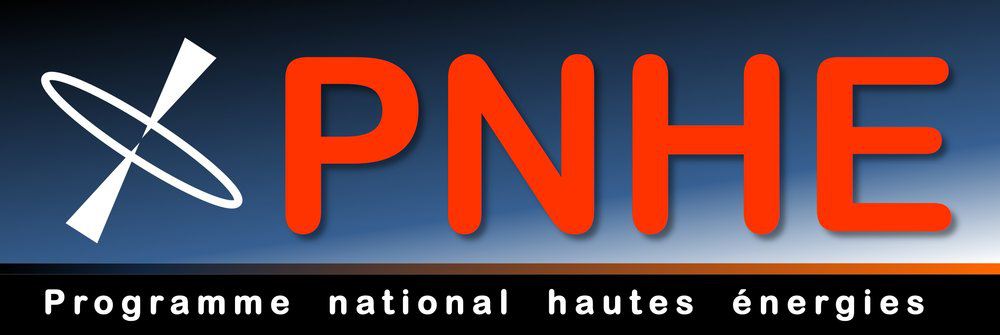Orateur
Description
50 years after the pioneering experiments, X-ray spectroscopy and timing techniques can be considered as well established. Nonetheless, one prominent feature of X-ray light has not been explored as scrupulously as others: its polarization. Between 1980 and 2000, the instruments were not sensitive enough to go beyond the first X-ray polarimetric results acquired in the 70s but the development of new detection techniques in the early 2000s revived the field. The first X-ray spatial mission to fly a new generation polarimeter will be launched by NASA in October 2021 and a couple of balloon-borne experiments are being considered. A much larger X-ray mission, the eXTP satellite, that will also be equipped with an X-ray polarimeter array, will be launched within the next ten-fifteen years. Several French institutions are actively involved in those missions, making X-ray polarimetry a fundamental research axis for the PNHE. Following the increasing interest of our community to the unexplored phase space of X-ray polarization, I will present the discoveries X-ray polarimetry is about to make.

